Home » Viewpoints » LiFi in Retail
LiFi in Retail
February 01, 2016
The term LiFi (Light Fidelity) is a disruptive communication technology, founded and coined by Prof. Harald Haas, which will be applicable across application areas spanning from defence to your household. It's an industry that's estimated to be valued at over US$ 110BN by 2022.
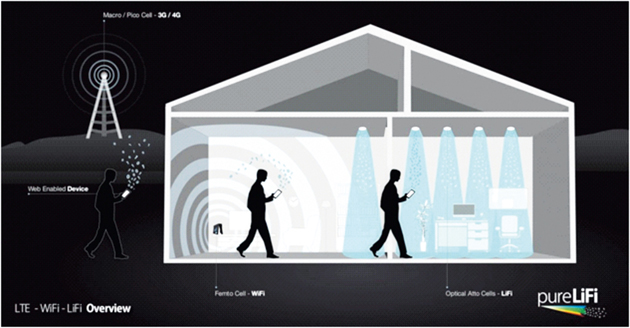 LiFi in a retail store, is a pipeline that will enable all possible data transfer - from the store front end, in store customer interaction, back office co-ordination, customer buy and go services etc., It can even do the required sync up with the ware house and check for the required merchandise and place an advance inventory request. It is all left to ones imagination on the possible applications in the retail domain.
LiFi in a retail store, is a pipeline that will enable all possible data transfer - from the store front end, in store customer interaction, back office co-ordination, customer buy and go services etc., It can even do the required sync up with the ware house and check for the required merchandise and place an advance inventory request. It is all left to ones imagination on the possible applications in the retail domain.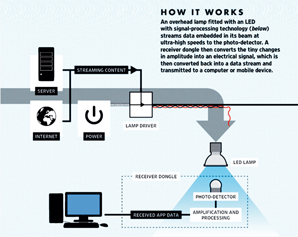 In a retail environment:
In a retail environment: - For the customers perspective - imagine the possibility of directing the customer right from the time he/she enters the store, to the right position in the store for the merchandise they look for, from the store owner can direct customers to in store offers etc.,
- For a store owner changing the prices and rolling out discounted prices across stores country wide from a central location or updation of stocks on shelves and store merchandise movement on a 10 - 15 minute basis or the opportunity to roll out solutions across stores overnight for a system upgrade, all at the click of a button.
- What is LiFi? - It is a bi-directional, high speed, networked and mobile wireless communication using light, against the current use of radio frequencies (the bandwidth is around 10,000 times wider in light spectrum over RF). The technology is a part of the Optical Wireless Communications branch of IEEE. The transmission of data happens through LEDs, at the speed of light. However, a misconception over LiFi and VLC (Visible Light Communication) remains unanswered. Visible Light Communication (VLC) is largely a low data speed, unidirectional line of communication. Additionally, VLC does not provide wireless Internet access, which is not the case with LiFi, which, not only allows users to freely move between lights and maintain seamless internet access, but also allows multiple users to be connected to light from a single source and access the Internet.
LiFi has many advantages over known existing wireless Internet technologies like:
- Speed - Over 100 Gbps has been achieved in controlled lab environment, and over 1 Gbps has been proven in real life environment setups
- Security - Unlike WiFi, light does not penetrate through walls thus making it easier to control access and manage network security
- Energy Efficiency - The LED light source now acts as a transceiver thus reducing energy requirement
- Health safety - Reduces known associated harmful effects of RF waves in a space
- Data Density - The same area covered by a single WiFi router can be covered by 10 or 100 lights, there by increasing the data density (Mbps/sqm)
However, one should also be aware of the myths associated with a new technology:
- LiFi is not 100 times faster than WiFi. Latest IEEE standards mention data rates of over 7Gbps for WiFi and LiFi has never achieved 700Gbps data rate!
- The type of LED used has a direct impact on the data rate - not all LEDs are made the same, and the output of the LiFi system will vary with each LED
- The Internet speed achieved is directly related to the speed provided by the Internet service provider
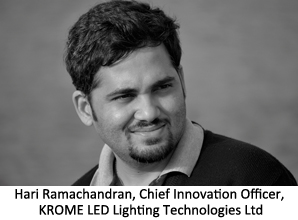 A complete LiFi system will soon be available in stores, where the network and the electrical (lighting) infrastructure will largely merge capacities, and deliver more end to end solutions to both customers and store owners alike! With the entry of LiFi in the solutions space... Lighting in India is moving towards Light + and the lighting industry will see a strong shift from IES to IEEE!
A complete LiFi system will soon be available in stores, where the network and the electrical (lighting) infrastructure will largely merge capacities, and deliver more end to end solutions to both customers and store owners alike! With the entry of LiFi in the solutions space... Lighting in India is moving towards Light + and the lighting industry will see a strong shift from IES to IEEE!About the Author and the company:
Hari Ramachandran is a lighting engineer who currently operates as the Chief Innovation Officer at KROME LED Lighting Technologies Ltd., He is currently in the process of co-developing complete LiFi and LiFi compatible solutions for the Indian and the global market, with a keen focus on bringing LiFi enabled LED lighting into the Indian market across diverse solution platforms which will be rolled out in the market by Retail Light Techniques India Ltd.,
Tags :
Hari Ramachandran
Advertisement
Related Viewpoints
Advertisement


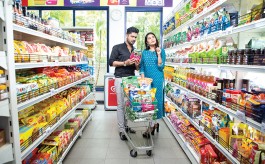
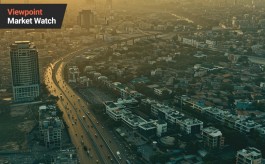





Comments